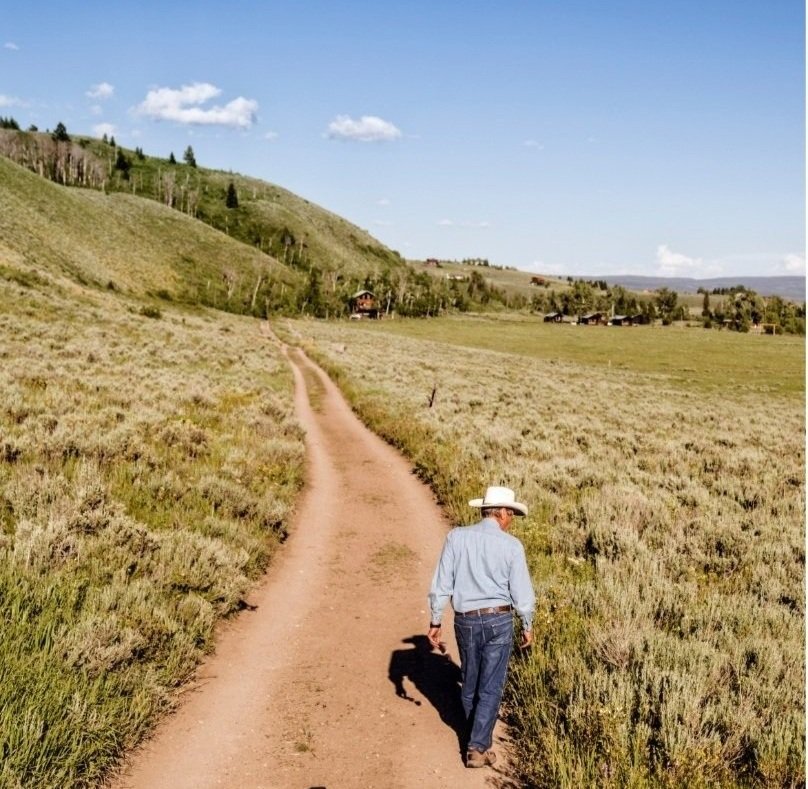Supporting Hewlett Western Conservation’s New Report on Building Conditions for Enduring Conservation Outcomes
The intersection of environmental conservation and equity is an important part of our work at Hovland Consulting. In our over 20 years working to improve the environment, we have come to understand the value of community-led approaches in building the conditions in which conservation outcomes are not only enduring but also experienced equitably.
“When outcomes have socioeconomic benefits
for affected communities, and not just ecological benefits, they are more likely to be enduring.”
In the first half of 2021, Hovland Consulting, alongside two other consultants -- Beach Codevilla and Leander Lacy -- brought together numerous Hewlett Foundation grantees and partners and collaborated in producing a new report to support this work. The report, published in February 2022, Building Conditions for Enduring Conservation Outcomes (author William and Flora Hewlett Foundation’s Western Conservation grantmaking program), is a new, valuable and insightful reference for advocates, funders, and communities.
Hovland Consulting aided in the process by facilitating (along with the two other named above consultants) two virtual convenings and one-on-one conversations with grantees and partners. The process identified a wide range of elements needed to build the conditions for enduring conservation outcomes through a 5-year shared metric for advocates and impacted communities. The new metric is that conservation policies are effective if they retain the desired conservation outcome(s) and related social and economic benefits after five years. “Grantees noted that achieving this metric will weave in the other two critical elements for building conditions for enduring conservation outcomes: using a more inclusive process in developing and executing conservation campaigns and building broad support for outcomes.”
“The Hewlett Foundation hopes to inform
how other foundations and conservation advocates track progress made toward lasting outcomes. In so doing, we hope to aid in the continued transformation of conservation from a field of transactional campaigns and land deals to equity-centered, community-driven, collaborative outcomes that endure the winds of political and social change.”
Outcomes: Below are example social, economic, and socio-economic outcomes for communities to consider:
Social outcomes: When developing conservation goals and campaigns, conservation advocates and impacted communities could consider social benefits such as community members’ connection to land, their feeling ownership to the outcomes of conservation efforts, and/or a shared cultural value among all stakeholders. This is just one indicator within the social benefits matrix, of which there are several other indicators – diversity, quality of life, justice, and access.
Economic outcomes: When considering economic benefits, potential benefits arose such as green jobs – developing clear conservation career pathways for Black, Indigenous, and other people of color; benefits related to agriculture, tourism, development, transitioning to a sustainable economy, and others.
Socio-economic outcomes: Socio-economic benefits of conservation outcomes could include co-managing lands where indigenous people and communities have autonomy and leadership to manage, co-manage, and access lands as desired; equitable investment, and others which can be further explored on page 8 of the report.
Process to define relevant outcomes: Advocates and communities can begin this process to identify relevant outcomes through the 4-step framework described in the report and summarized below. Each community is unique, so the benefits and process to establish outcomes will look different for each. The framework is not prescriptive but rather is designed to support an iterative process and serve as a starting place to ignite broader change and dialogue.
Step 1 – Evaluate awareness: Example questions could include: What are the current priorities for affected communities? What is the current thinking about conservation efforts?
Step 2 – Define potential benefits: Which social, economic, and/or socioeconomic benefits are most important to the affected communities?
Step 3: Make Choices about Relevant Benefits: Which benefits are most tied to the communities’ conservation outcomes? Which benefits are beyond the scope of this work? Would bringing in select partners help? What are the top benefits for the communities?
Step 4: Track Chosen Benefits
We encourage you to read through this report and share it with communities or advocates who might find it useful.
For earlier Hovland Consulting work, please see Best Practices for Enduring Conservation (2018).
______
An important note from the report: Hewlett Foundation’s goal is not to be prescriptive about which communities should be involved in identifying conservation outcomes and/or which potential benefits should be prioritized as conservation goals and campaigns are developed. The Foundation hopes that through the establishment of this shared metric, samples of benefits and the proposed process, the Foundation can encourage the input and inclusion of a diverse set of communities who share geographies, values, cultural identities, a history of exclusion or discrimination, and other connections to the affected landscape in this process.
Photo: Navajo Nation, Rancher in Montana.


